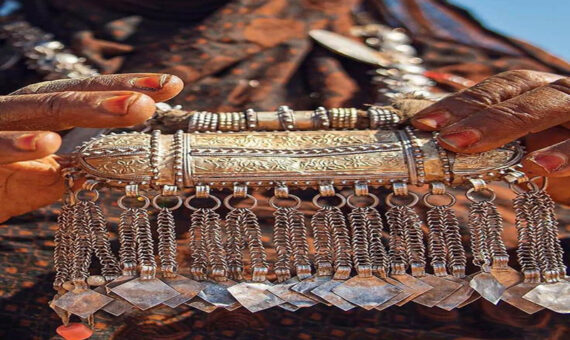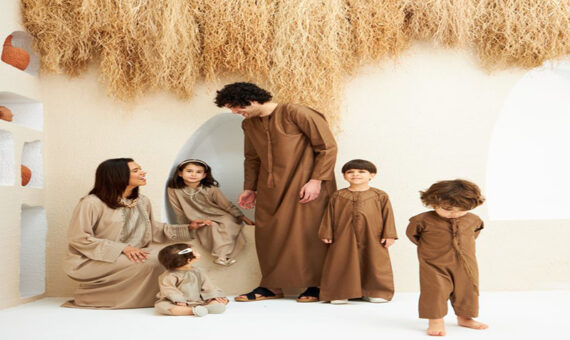Introduction
In the UAE and across the Gulf, the thobe—also known as dishdasha or kandura—is far more than just traditional attire. It’s a symbol of identity, culture, and elegance. But not all thobes are created equal. From relaxed family gatherings to prestigious events and high-level meetings, men choose between casual and formal thobes with the same thought and intention that others apply to suits or tuxedos. So, what sets them apart? Let’s dive into the world of thobe fashion.
Fabric: Feel the Difference
The fabric is one of the clearest indicators of whether a thobe is casual or formal.
Casual thobes are usually made of lightweight cotton or cotton blends, breathable and easy to wear on hot days or during daily errands.
Formal thobes often feature higher-end fabrics like Japanese polyester, silk blends, or finely woven materials with a slight sheen. The feel is smoother, and the drape is more structured, reflecting sophistication.
Design Details & Stitching
A casual thobe is simple, sometimes even with minor creases from daily use. It may include a pocket, subtle embroidery, or colored accents.
A formal thobe, on the other hand, is all about sharp tailoring—clean lines, elegant cuffs, and sometimes invisible stitching. The collar may be more rigid, and buttons are carefully selected to complement the look.
Occasion & Presence
Think of the casual thobe as your everyday go-to—comfortable, no-fuss, and functional. It’s perfect for quick outings, mosque visits, or friendly gatherings.
A formal thobe steps in when the occasion demands finesse—weddings, national celebrations, official dinners, or business settings. It’s often paired with accessories like a bisht (cloak) or ghutra in pristine white or formal patterns.
Conclusion
The difference between casual and formal thobes lies in the details—fabric, fit, and finishing. But more than that, it’s about how you carry yourself and what the moment calls for. In a world that blends tradition and trend, choosing the right thobe is a subtle art—and one that continues to evolve with time, style, and culture.














